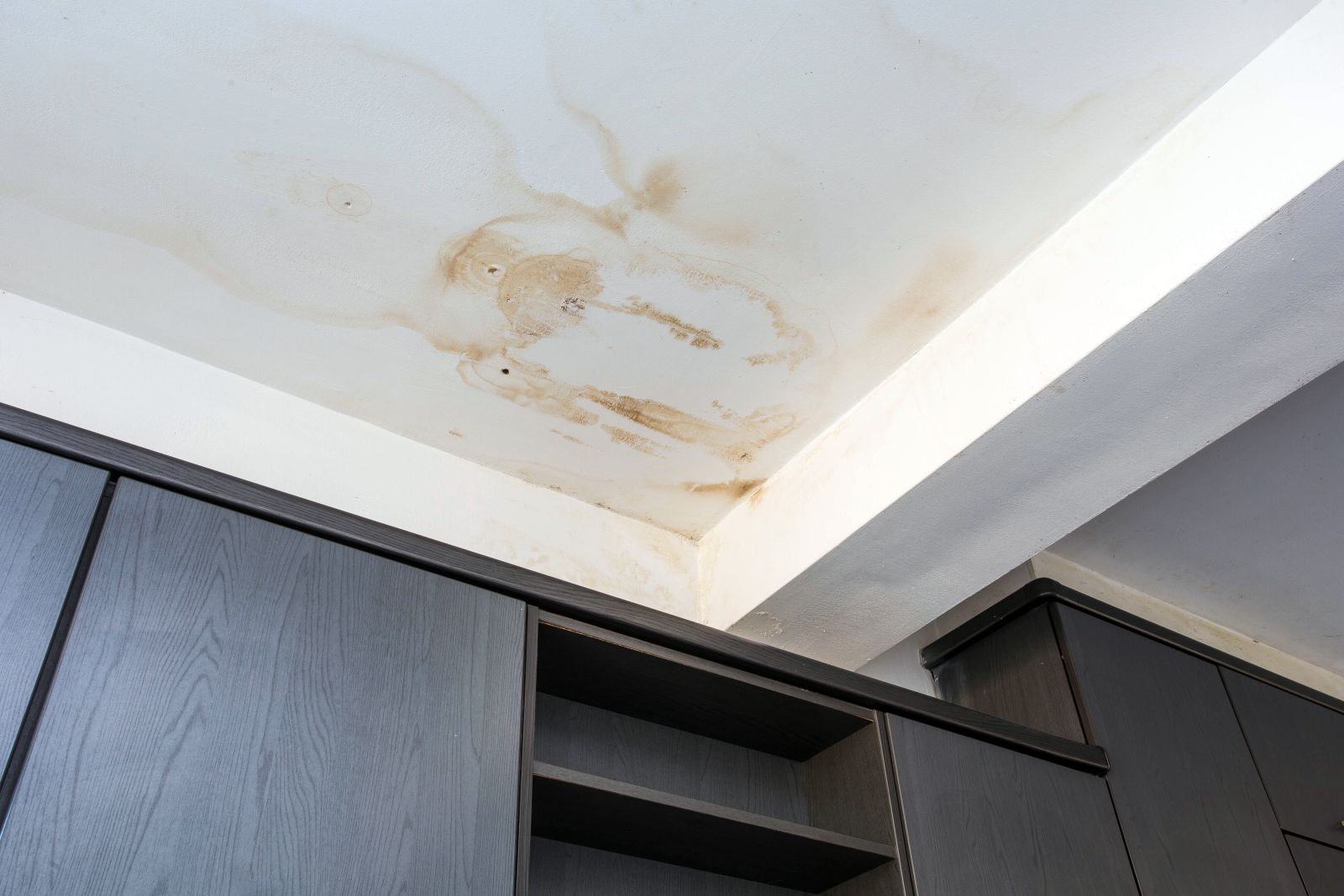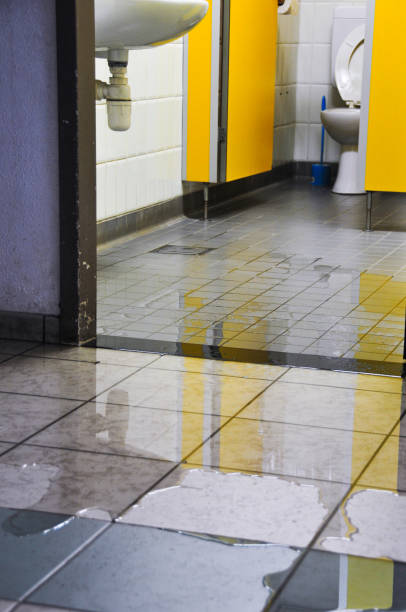This great article which follows relating to How to Repair and Prevent Bathroom Water Damage? is truly informative. Check it out yourself and decide what you think about it.

Water damage typically takes place in the washroom as a result of the water used daily. In some cases, the damages could be a little mold and mildew from the shower. Various other times, it's massive damage on your floor. Whatever it is, it is always great to know the cause and avoid it prior to it takes place.
This overview will undergo a few of the usual sources of water damage in the bathroom. We will also examine what you can do to avoid these reasons from harming your shower room. Allow's dive in.
These are the usual reasons you would have water damage in your shower rooms as well as just how you can detect them:
Excess Dampness
It's cool to have that long shower and sprinkle water while you dance around as well as imitate you're doing, however often these acts might create water damage to your washroom.
Spraying water around can create water to head to edges as well as develop mold and mildews. Enjoy exactly how you spread out excess wetness around, as well as when you do it, clean it up to avoid damage.
Fractures in your wall ceramic tiles
Shower room wall tiles have been specially designed for that objective. They shield the wall surface from dampness from people taking showers. However, they are not indestructible.
Occasionally, your shower room wall tiles split and also enable some moisture to seep right into the wall surface. This could potentially damage the wall surface if you don't take any activity. If you observe a crack on your wall floor tiles, fix it instantly. Don't wait till it ruins your wall.
Overruning bathrooms and sinks
As humans, often we make mistakes that could create some water damage in the restroom. For example, leaving your sink faucet on might cause overruning and damages to other parts of the bathroom with dampness.
Likewise, a faulty commode might cause overruning. For instance, a damaged bathroom handle or other parts of the cistern. When this takes place, it might damage the flooring.
As soon as you discover an overflowing sink or toilet, call a plumbing to assist handle it right away.
Ruptured or Dripping Pipelines
There are many pipelines carrying water to various parts of your shower room. Some pipelines take water to the toilet, the sink, the faucets, the shower, as well as lots of other places. They crisscross the tiny area of the bathroom.
Once in a while, these pipelines might get rusty and also burst. Other times, human action can trigger them to leak. When this takes place, you'll discover water in the edges of your washroom or on the wall.
To identify this, look out for bubbling wall surfaces, molds, or mold. Call a specialist emergency plumbing professional to fix this when it takes place.
Roofing system Leakages
Sometimes, the problem of water damage to the washroom might not originate from the washroom. For example, a roofing leakage could trigger damages to the washroom ceiling. You can spot the damage done by checking out the water stains on the ceiling.
If you find water spots on your ceiling, inspect the roofing to see if it's harmed. Then, call an expert to assist address the concern.
Conclusion
Water damage to your restroom can be frustrating. Nonetheless, you can manage it if you prevent a few of the causes pointed out in this overview. Call a specialist emergency situation plumber if you notice any serious damage.
How to Prevent Water Damage in Your Bathroom?
Water damage repair is an expensive, meticulous, and lengthy process. Unfortunately, bathrooms are the most susceptible rooms to water damage due to toilets, showers, and sinks. Pipes and fixtures wear out over time and are not immune to damage. But all is not lost, as there are ways to prevent water damage from occurring in your bathroom.
Check Your Plumbing
Nothing lasts forever, especially pipes, which can rust and begin leaking over time. You should periodically conduct pipe inspections and pay attention for any musty smells or water stains that may indicate you need water damage repair. Here are some things to check:
Frequently test valves for your toilet, shower, and sink to ensure they are properly working. Check faucet supply lines hidden under vanities and replace when needed. Replace cracked or deteriorating caulking along sinks, tubs, and showers. If you notice a clog in your sink, call in a professional. Since you can’t check the pipes in the wall, keep an eye out for stains, drywall bubbling, musty smells, and excess moisture; if the bathroom is on a second level, check the ceiling of the room directly below for these signs. Don’t Overwork Your Toilet
One of the most common reasons bathrooms need water damage repair is due to overflowing toilets. Save yourself the hassle of cleanup by being mindful and not pushing your toilet to extreme limits. If you have young children, it is especially important to keep an eye on them when they are in the bathroom and to teach them how to avoid clogging the toilet. Here are some more tips to help prevent your toilet from overflowing:
If you have a septic tank, only use septic-safe toilet paper Do not flush anything down the toilet besides toilet paper; items like diapers and sanitary napkins will clog the piping Pay attention to your toilet’s water level: If it’s low, it could mean it is partially clogged or that there is a crack in the toilet bowl https://www.alure.com/home-improvements-blog/resources/how-to-prevent-water-damage-in-your-bathroom

I recently found that review about How to Repair and Prevent Bathroom Water Damage? when doing a search on the web. Sharing is good. Helping people is fun. Thanks so much for taking the time to read it.
Free Estimates